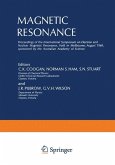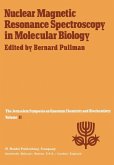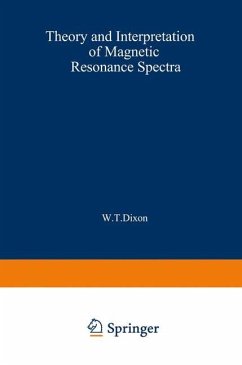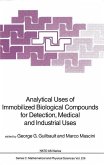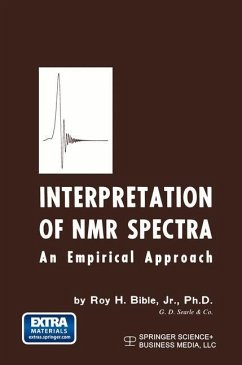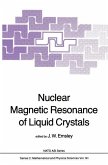We have now reached our sixth volume in a series which has somewhat unintentionally become an annual event. While we still intend to produce a volume only if a suitable number of excellent chapters in the forefront of biological magnetic resonance are available, our philosophy is to present a pedagogical yet critical description and review of selected topics in mag netic resonance of current interest to the community of biomedical scien tists. This volume fulfills our goals well. As always, we open the volume with a chapter which directly addresses an in vivo biological problem: Phil Bolton's presentation of new techniques in measuring 31 P NMR in cells. Lenkinski's chapter on the theory and applications of lanthanides in protein studies covers the details, highlights, and pitfalls of analysis of these com plexes in biochemical NMR. Reed and Markham summarize the interpreta tion of EPR spectra of manganese in terms of structure and function of proteins and enzymes. Dalton and colleagues describe the applications to biological problems of the relatively new capability of time domain ESR. Finally, we are pleased to offer a departure from mainstream magnetic resonance with the comprehensive and stimulating chapter by Gus Maki on the theory, instrumentation, and applications of optically detected magnetic resonance.
Hinweis: Dieser Artikel kann nur an eine deutsche Lieferadresse ausgeliefert werden.
Hinweis: Dieser Artikel kann nur an eine deutsche Lieferadresse ausgeliefert werden.



